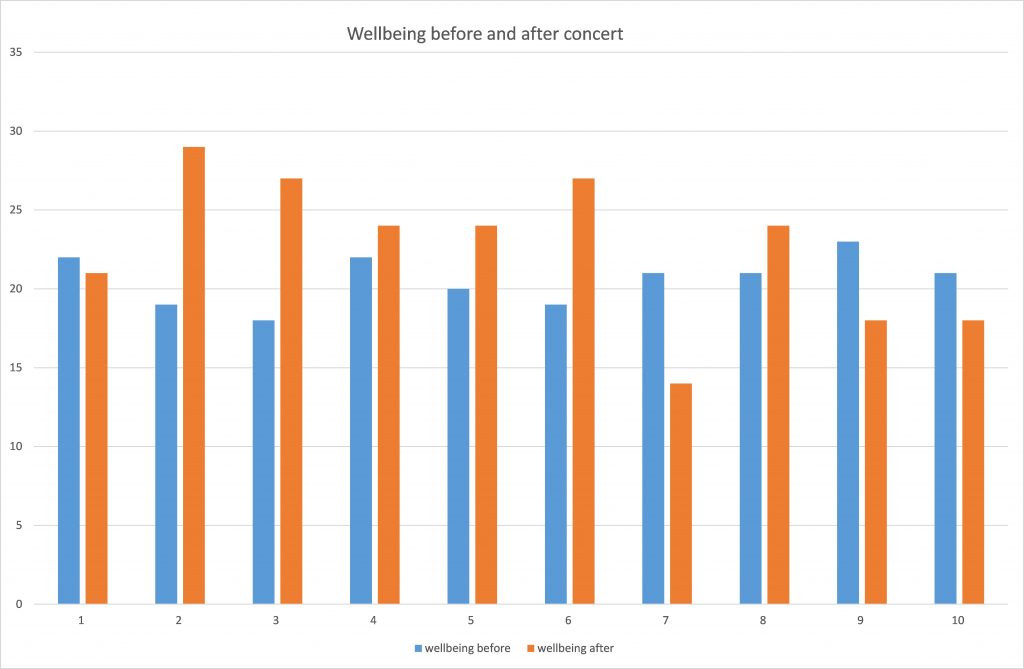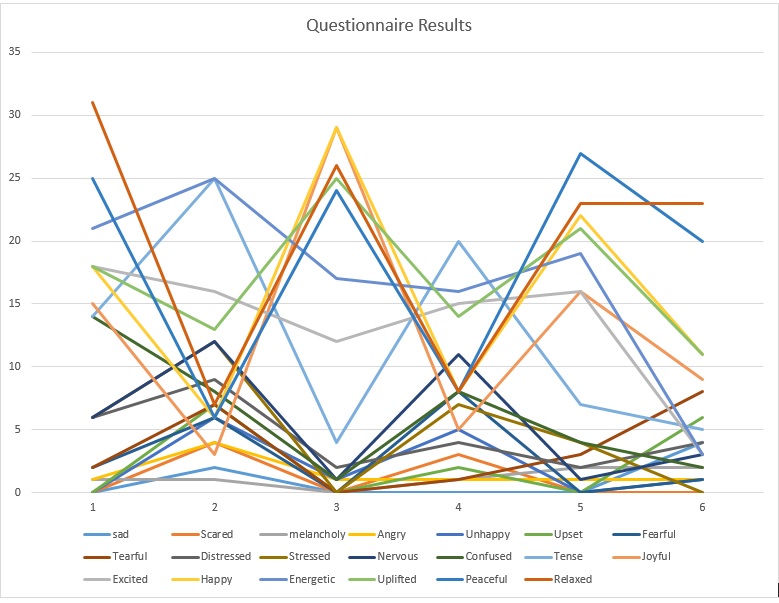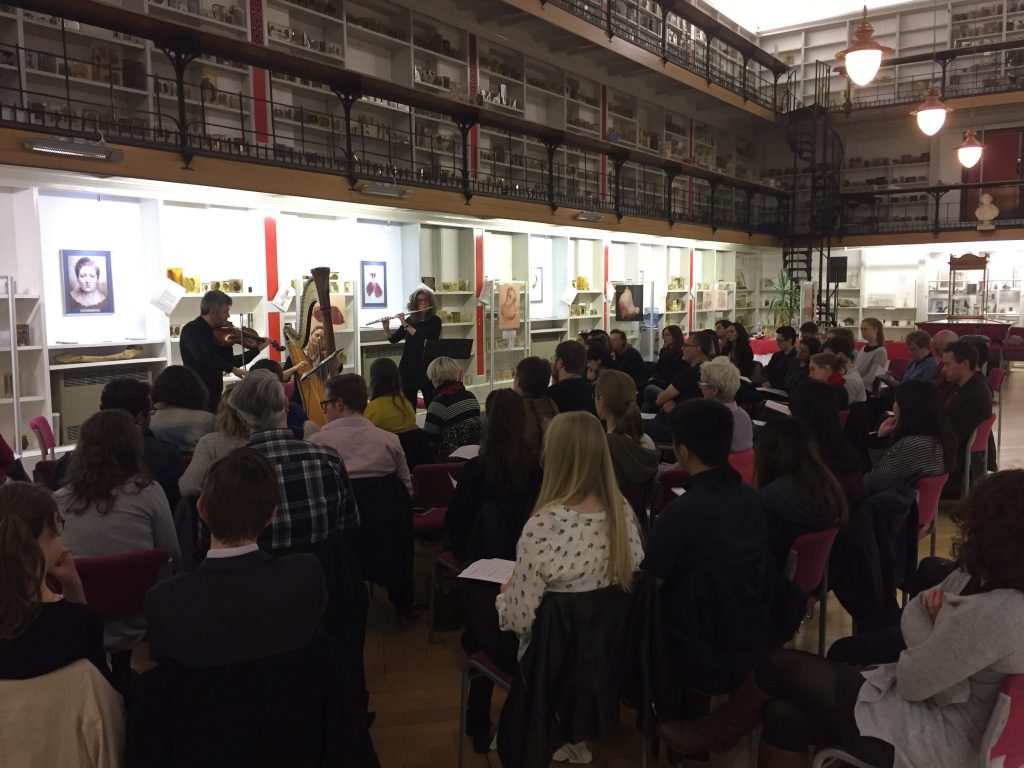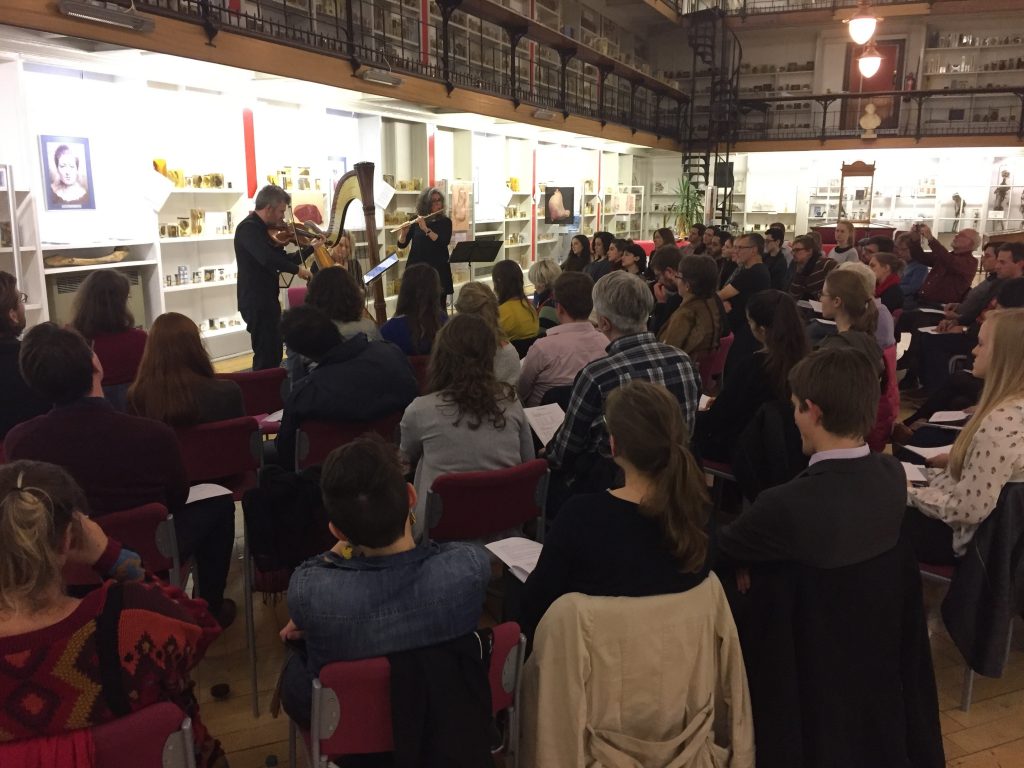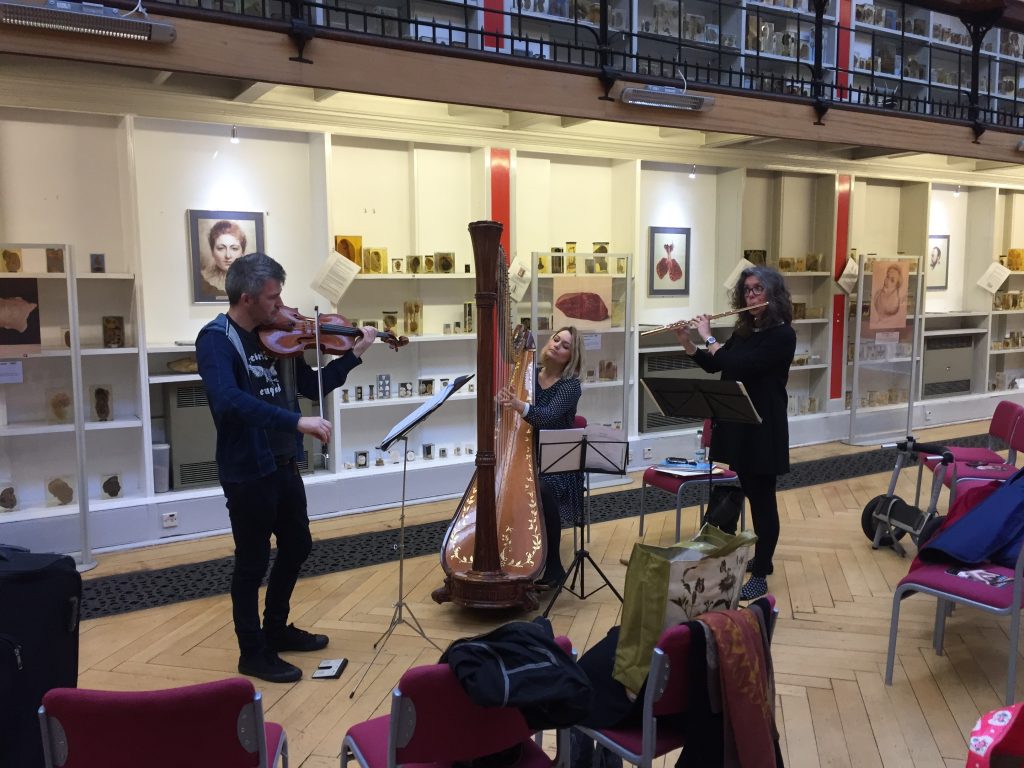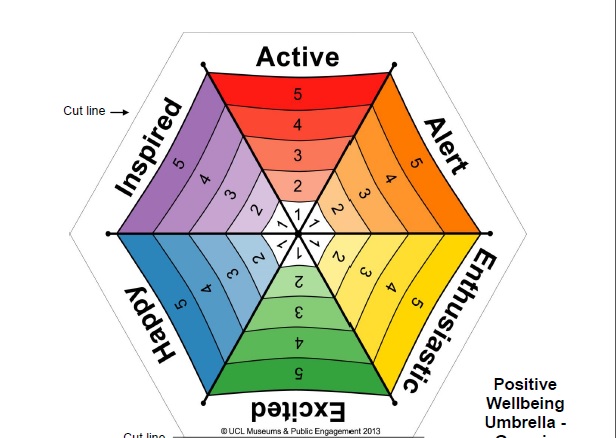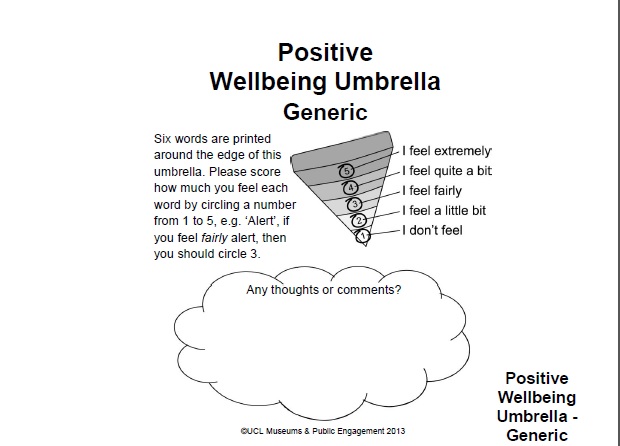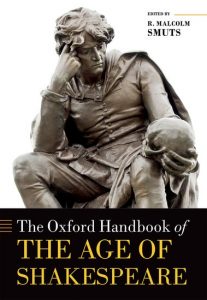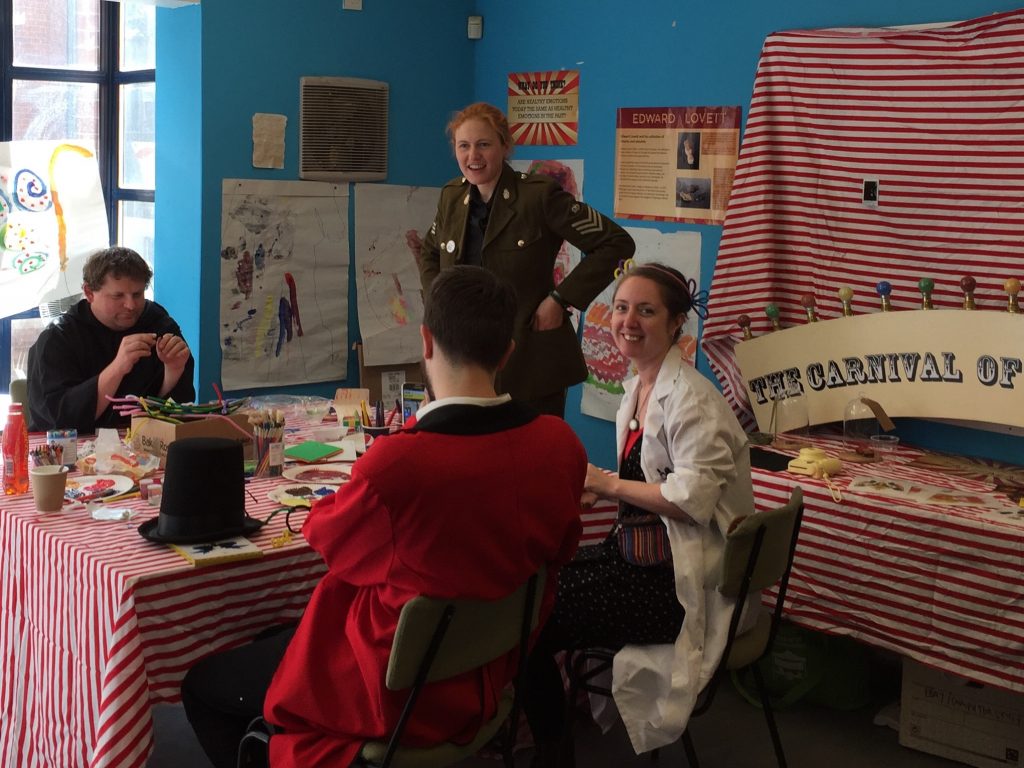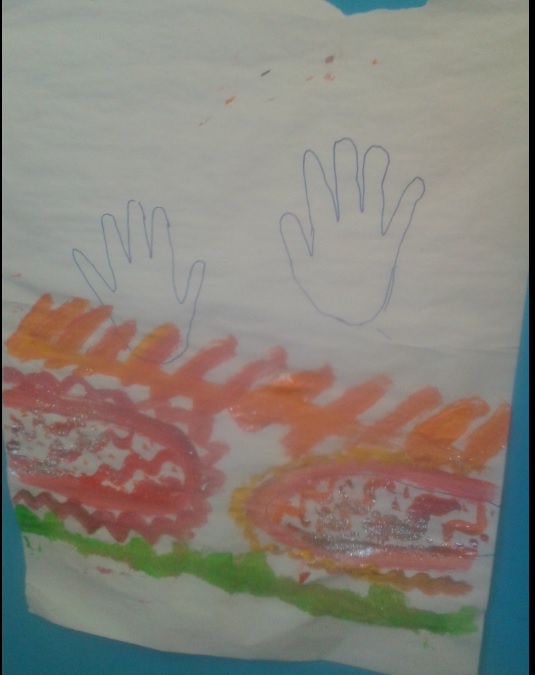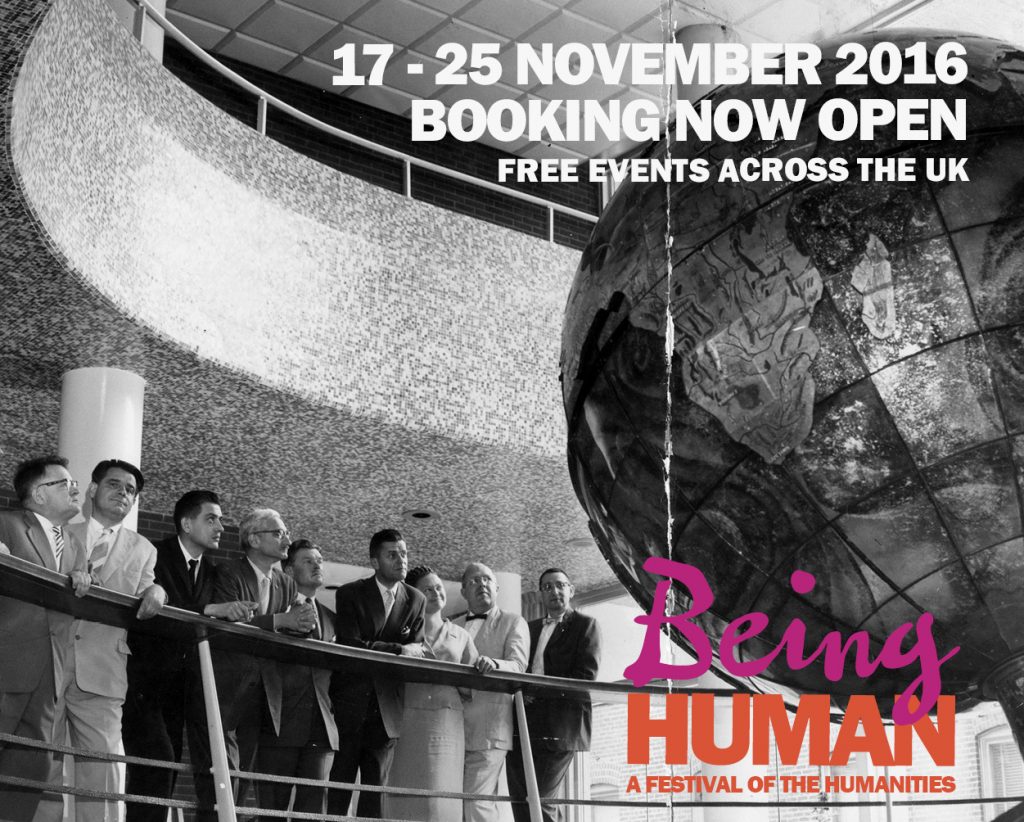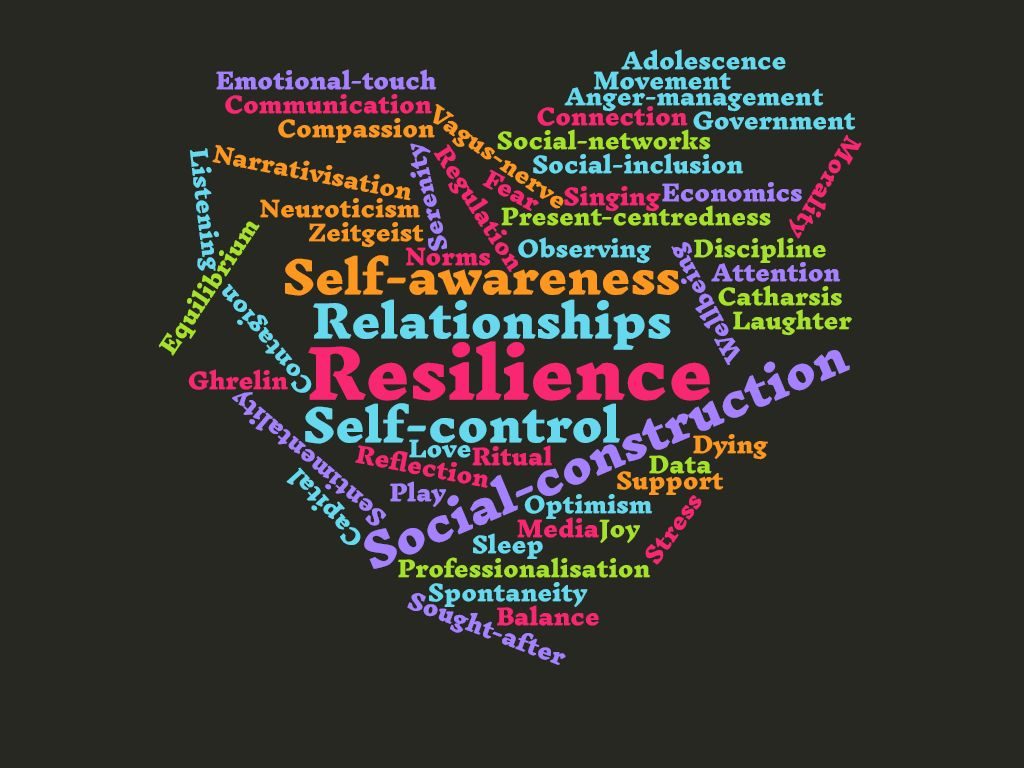 Like a lot of people, I’ve been scrambling to make sense of the Trump victory and what it says about public attitudes in the US and western culture generally. I’ve spent this week researching the alt-right movement and reading some of its literature. We don’t yet know to what extent the alt-right helped Trump to victory, and to what extent its beliefs appeal to the general population. But let me suggest some points about alt-right philosophy, and the way to engage with it at a grass-roots level.
Like a lot of people, I’ve been scrambling to make sense of the Trump victory and what it says about public attitudes in the US and western culture generally. I’ve spent this week researching the alt-right movement and reading some of its literature. We don’t yet know to what extent the alt-right helped Trump to victory, and to what extent its beliefs appeal to the general population. But let me suggest some points about alt-right philosophy, and the way to engage with it at a grass-roots level.
Aspects of alt-right culture overlaps with men’s self-help, and with classical virtue ethics like Stoicism.
This may come as a surprise to those who think of the alt-right as gamer-nerds and illiterate meme-fanatics, but a lot of it appears to be driven by disaffected young college-educated men looking for a code to live by. Some of them are drawn to classical virtue ethics like Stoicism because it offers a way to feel strong in a chaotic world. Clearly, they misinterpret ancient philosophy. But their interest in it offers a way that educators can engage with them.
If I was Muslim I would be engaging with young men drawn to toxic variants of Islam, to try and steer them away from it, for their good and the good of my culture. I think that’s necessary with the alt-right too – we should engage with those young men who are genuinely looking for a path to self-improvement, to try and steer them away from the toxic aspects of alt-right culture, such as white supremacy and misogyny.
What is the alt-right?

Pepe the Frog – one of the alt-right’s favourite memes, as found on anonymous image-based websites like 4Chan.
The best intro I found was from the Breitbart news site, formerly edited by Steve Bannon, Trump’s new senior advisor, which styles itself as an alt-right platform. It features ‘an establishment conservative’s guide to the alt-right’, by Milo Yiannopoulos and Allum Bokhari. This article divides the movement into four groups.
Firstly, the ‘natural conservatives’ – those who, in social psychologist Jonathan Haidt’s formulation, naturally feel disposed to an emotional politics of order, honour and harmony, as opposed to a leftist emotional politics of justice, fairness and equality. Secondly, the ‘meme gang’ – young men on the internet who spend hours joyfully constructing memes to support Trump and shock liberals. They don’t necessarily believe in Nazism…or anything, they just like to shock and get lulz. This group has been associated with trolling campaigns like gamergate or the harassment of the female Ghostbusters cast. Thirdly, the ‘1488-ers’ – straight-up Neo-Nazis, so-called because of the 14 words uttered by the founder of the American Nazi party – ‘We must secure the existence of our people and a future for white children‘ – and the two 8’s at the end represent the letters HH, Heil Hitler.
The manosphere
Finally, there are the ‘intellectuals’. Yanniopoulos and Bokhari write: ‘The so-called online “manosphere,” the nemeses of left-wing feminism, quickly became one of the alt-right’s most distinctive constituencies.’ I studied three particular writers in this ‘manosphere’, who connect the alt-right with male self-help: Mike Cernovich, author of ‘The Gorilla Mindset’ and ‘The MAGA Mindset’; Jack Donovan, author of ‘The Way of Men’; and Roosh V, pick-up artist and editor of a popular men’s website called Return of Kings. Cernovich has been called ‘the meme mastermind of the alt-right‘, Roosh now distances himself from the alt-right but actively supported the Trump campaign as a means to patriarchy, while Donovan speaks at white supremacist forums like American Renaissance.
All three offer a form of self-help for young men looking for a strong identity.
All three believe that masculine identity is in crisis in the west. They believe it’s been emasculated by feminism, threatenend by multiculturalism, enfeebled by corporate and consumer capitalism, and betrayed by older men who failed to provide strong role models. As a result, they say, western men have ended up miserable, weak, lonely, addicted and suicidal.
And who speaks for these wretched men? Every other interest group has their spokespeople and their movements. Feminism has its consciousness-raising circles, its heroines, its academic conferences. And men? The closest thing is a new and small field in academia called ‘masculine studies’ . But ‘masculine studies’ academics mainly wring their hands about traditional male identity and try to make men more like women.
Watch the documentary ‘The Mask You Live In’ (or the trailer, here), which is about the ‘male crisis’. It’s made by a woman, features more female experts than male, and focuses entirely on the problems with masculinity: men don’t show emotions, men binge drink and take dangerous risks, men play violent video games, men are drawn to casual sex, men are addicted to online porn, men humiliate women in ‘locker-room talk’, men are taught only to value sports and not other activities. And so on. Masculinity is apparently a disorder. And the solution to masculinity disorder is to become more like a woman, perhaps literally, like Grayson Perry, the transvestite artist and author of a new guide to What’s Wrong With Men.
Into this ethical vacuum step alt-right preachers of ‘neo-masculinity’, like radical Imams, if radical Imans were also pick-up artists.
The alt-right antidote to the ‘decline of men’ is to celebrate male identity and look for a code of living that leads to male strength and pride.
Like me, some alt-righters in the manosphere are drawn to ideas from classical philosophy and modern therapy, which help people take control of their emotions. Roosh V, the pick-up artist and editor of Return of Kings, has frequently written on classical Stoicism as a ‘means to serenity’. He’s also written on ‘neo-masculinity’, a movement which looks to classical philosophy for an ethical foundation. Mike Cernovich’s Gorilla Mindset re-packages techniques for emotional self-management from Cognitive Behavioural Therapy and Stoicism, and mixes in some evolutionary psychology. And Jack Donovan has written on the need for a male virtue ethics, which emphasizes traditional values like courage, honour and self-discipline.
 However, there’s also an aspect of alt-right neo-masculinity that is less drawn to virtue ethics and more to a sort of primitive tribalism or gang-culture. In the Way of Men, Jack Donovan defines male identity in the context of the male gang – men seek identity through the approval of other men, and through finding their place in the gang hierarchy, as chimpanzees do. Men are judged, Donovan says, by the extent to which they are a ‘real man’ – i.e, would they be good in a fight, can they defend themselves and others, do they defend their or their group’s honour, or are they a cissy?
However, there’s also an aspect of alt-right neo-masculinity that is less drawn to virtue ethics and more to a sort of primitive tribalism or gang-culture. In the Way of Men, Jack Donovan defines male identity in the context of the male gang – men seek identity through the approval of other men, and through finding their place in the gang hierarchy, as chimpanzees do. Men are judged, Donovan says, by the extent to which they are a ‘real man’ – i.e, would they be good in a fight, can they defend themselves and others, do they defend their or their group’s honour, or are they a cissy?
The principle mission of the male gang, Donovan writes, is to secure the perimeter, and defend Us against Them – the outsider tribe. It doesn’t entirely matter who They are – Muslims, Jews, Republicans, zombies. They are really a means to Us bonding as a gang. There’s some confusion about who exactly Us is. Are neo-Nazis us? Or gays like Donovan or Yanniopoulos? Or non-whites like Roosh? The alt-right smooths over these anxieties by focusing on Them: feminists and Muslims.
Where do women fit in to the male gang world? For Jack Donovan, who’s gay, they’re purely a means to an end – men need them to reproduce and keep the tribe / gang going. He’s inspired by chimpanzee culture, in which he notes rape and female battering is common. Women are breeders, that’s all. For Roosh, they’re playgrounds and trophies.
At the extreme, Donovan looks forward to the collapse of civilization and the flourishing of gang war, because then men can finally be men. Peace and prosperity make life boring, miserable and unheroic, he thinks. Bring on the apocalypse, as an exercise in male bonding. War is the game men play. Violence is the test, the means to ecstasy. War makes men. Peace makes half-men.
This ideology seems to me the white version of Jihadism – the sense of cultural grievance, the ‘elimination of the Gray Zone’ into Us versus Them, the desire for a global projection of heroic male strength, and the desire for a battlefield where one can play at war, not just in a video-game, but for real.
I can’t really engage young Muslim men, because I’m a kafir, an unbeliever, and I don’t really know the Koran. But I can engage with young men drawn to classical philosophy and self-help, because I was also drawn to this when I was a miserable and alienated young man. So how could one engage with this group? Here are some possible talking points:
- We are more than chimpanzees. There is more to male strength than just brute force. Jack Donovan says we all admire immoral strong men like Al Pacino’s Scarface, but that’s not true – some adolescent boys do, but most grow out of that. Humans have the capacity to reflect on what’s right and wrong and to agree on a code of ethics. That’s what makes a tribe strong. When a tribe throws out its ethical culture and descends to the level of animal brutality, as the Nazis did, it doesn’t last long.
- Women are, on average genetically, just as intelligent as men. They also, on average, score higher on empathy – a trait conspicuously lacking in the manosphere. Look at the cultures where women are encouraged to participate in public life, and the cultures where they’re not. Which cultures are stronger? Which are doing better? How strong and successful do you think Saudi Arabian culture is, or Afghan culture? At an ethical level, do you really want your daughter / sister not to have the same capacity to flourish as you or your son? There’s a weird paradox in the alt-right – on the one hand, they see themselves as the defenders of western civilization against Islam, on the other hand, they actually want to make western civilization more like Shariah cultures like Saudi Arabia (more patriarchal, less democratic and with less respect for the rule of law).
- All the classical philosophers that some alt-righters claim to revere put virtue before brute power. The Stoics, in particular, were cosmopolitans – they believed in a universal moral code that transcends race, gender or nationality. Some, like Plato and Musonius Rufus, argued for the equal education of men and women, two and a half millennia before it occurred. They did not believe ‘might is right’ – Thucydides criticizes precisely that attitude for leading to the undermining of Athenian influence during the Peleponnesian War. The Roman Empire flourished partly because it had an amazing army, but also because it offered a universalist culture – the Pax Romana – which other ethnicities and tribes could join. Likewise both Islam and Christianity expanded because they offered a universal society transcending race. A culture based on ethnicity, by contrast, or on the brutal power of a despot, is a weak culture, it won’t attract cohorts, it won’t last.
- Strong man cultures – in which a strong leader is revered and given all power – have typically not done well, they haven’t lasted. They may initially lead to a wave of conquests but they then rapidly collapse. Strong cultures that last are based not on personalities but institutions (what survives of Napoleon is the Napoleonic Code).
- Alt-righters in the manosphere are obsessed with honour and reputation, with being perceived as alpha men, not beta weaklings. But Stoicism believes male strength comes from virtue, not honour or reputation. If you’re incredibly prickly about your honour, you’re weak and insecure – you fly off the handle at any perceived diss. You’re no better than hysterical campus liberals scanning for ‘micro-aggressions’. Honour cultures – like, say, Pakistan, or Sicily in the past – have traditionally been weak, because the men are constantly killing each other or their wives and daughters for any perceived slight to their honour. Strong men are secure enough in their self-respect to ignore a diss – unless something genuinely threatens their person or their culture, in which case they act.
- If you’re obsessed with winning other men’s approval and appearing Alpha in their eyes, that’s not strength, that’s weakness. You’re enslaving yourself to their approval. Your whole life becomes an attempt to impress others – you pump iron to impress other men, you pull women to impress other men, you end up miserable and alone all because you spent your life trying to impress other men. Strong men don’t obsess over how Alpha they appear to other men.
- If you think western culture has become a ‘culture of grievances’, as Milo Yiannopoulos put it, that doesn’t mean masculinity has to give in to victimhood as well. Marcus Aurelius wrote, ‘the best revenge is not to be like that’.
- Trolling is a desperate bid for attention. Again, that’s not strong at all, that’s weak.
- European culture went from rag-tag gangs in the Dark Ages to a powerful civilization that spread across the world partly through the invention of chivalry – strong warriors were persuaded to obey a moral code, which protected the weak. Alt-righters mock chivalry, but that makes their culture weak – who wants to join a chimpanzee culture that only values force? The foundation of Judeo-Christianity is also love for the oppressed and the weak – again, alt-righters like Steve Bannon describe themselves as heroic defenders of Judeo-Christian civilization, but they’re really more Nietzschean in their contempt for the weak.
- If you really want to risk your life in a heroic adventure, join the army. Test yourself by fighting ISIS, not by harassing women on Twitter. That’s not being a man. Join the army. When you’re in it, you’ll find yourself fighting side by side with people of other ethnicities – 30% of the US military is non-white – and you might decide you can trust and bond with men whose skin is a different colour.
Those are some of the talking points one could use. One should not go in with name-calling, one should recognize the emotional hurt beneath the toxic ideas. Epictetus wrote: ‘A guide, on finding a man who has lost his way, brings him back to the right path—he does not mock and jeer at him and then take himself off. You also must show the unlearned man the truth, and you will see that he will follow. But so long as you do not show it him, you should not mock, but rather feel your own incapacity.’




